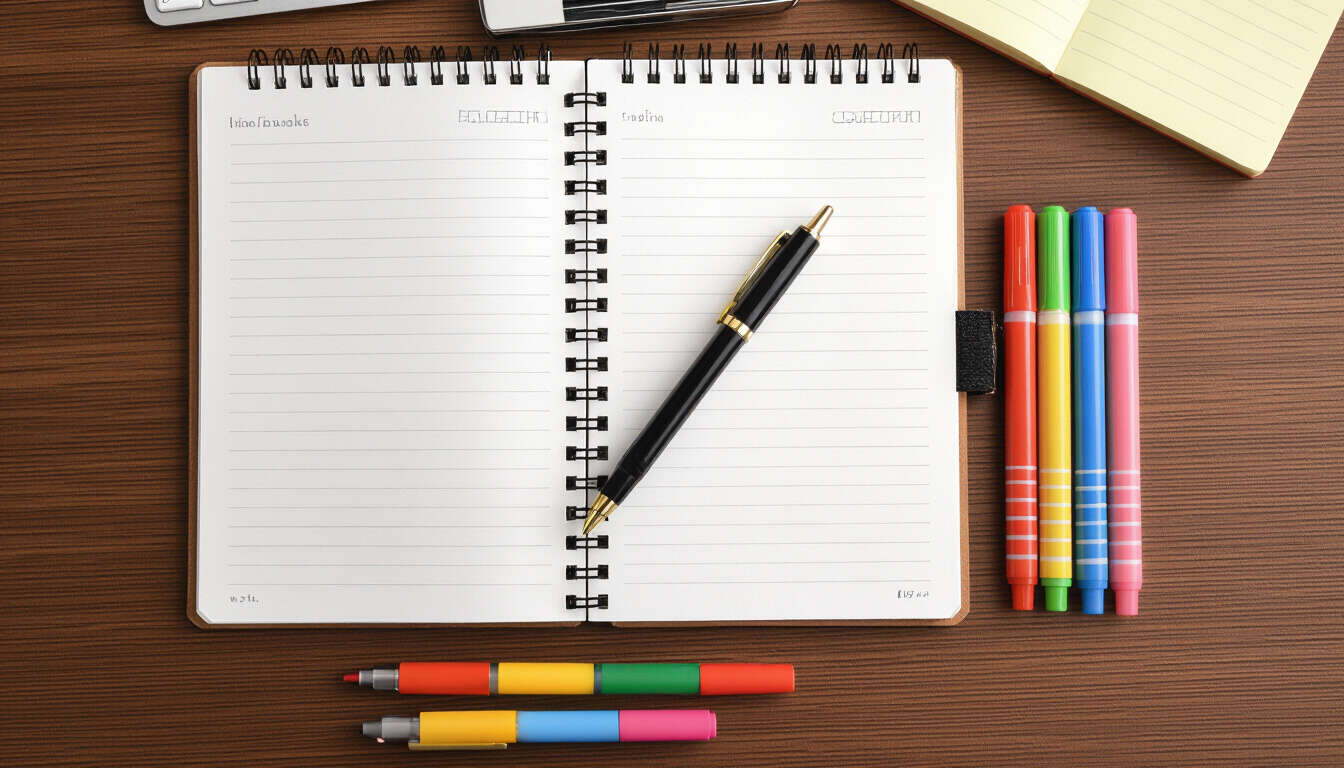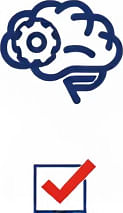Bullet Journaling as a Productivity Tool for ADHD
 by Verner Mayer
by Verner Mayer
Discover how bullet journaling offers a flexible way to manage tasks and reduce distractions for those with ADHD. This method helps build routines and track progress in a simple, adaptable format, making daily life more manageable and empowering.

Bullet journaling provides a straightforward approach to organization that can be especially helpful for adults and young adults with ADHD. Many find that traditional planners feel rigid and overwhelming, but this system allows for personalization to fit individual needs.
Why Bullet Journaling Works for ADHD
This method uses a simple notebook to combine lists, calendars, and notes into one place. For people with ADHD, it offers a way to break down tasks into smaller, achievable steps. The key is its adaptability, which lets you adjust as needed without strict rules.
One advantage is the ability to visually track daily activities. By using symbols and short entries, you can quickly see what needs attention. bullet journaling encourages creativity, turning planning into an enjoyable activity rather than a chore.
Practical Tips for Getting Started
To begin, select a notebook that feels inviting—perhaps one with dotted pages for flexibility. Start with basic elements like a monthly log for overviews and daily logs for specifics.
Consider these steps to make it work for ADHD:
- Keep entries brief to avoid overload.
- Use color-coding for categories, such as red for urgent tasks.
- Include migration techniques to move unfinished items, preventing them from being forgotten.
- Add reflection pages to note what went well, building a sense of accomplishment.
For those who struggle with consistency, set aside a specific time each week for updates. This routine can help establish habits without pressure. ADHD often involves challenges with focus, so pairing journaling with preferred music or a quiet space might ease the process.
Adapting for Better Focus
In practice, many adapt bullet journaling by incorporating rapid logging. This means jotting down thoughts as they come, then organizing later. It reduces the mental load and makes capturing ideas easier.
Another idea is to include mood trackers. These can help identify patterns and adjust routines accordingly. For example, if certain days show low energy, you might schedule lighter tasks then.
Remember, it's normal to have off days, and that's okay. The goal is progress, not perfection. Over time, this tool can lead to improved self-management and a boost in confidence.
Building Long-Term Habits
Sustaining the practice involves regular reviews. Look back at your journal weekly to celebrate wins and refine approaches. This reflection fosters growth and motivation.
Ultimately, bullet journaling stands out as a supportive ally for those with ADHD. By focusing on what works best for you, it becomes a powerful way to enhance daily productivity and well-being.
